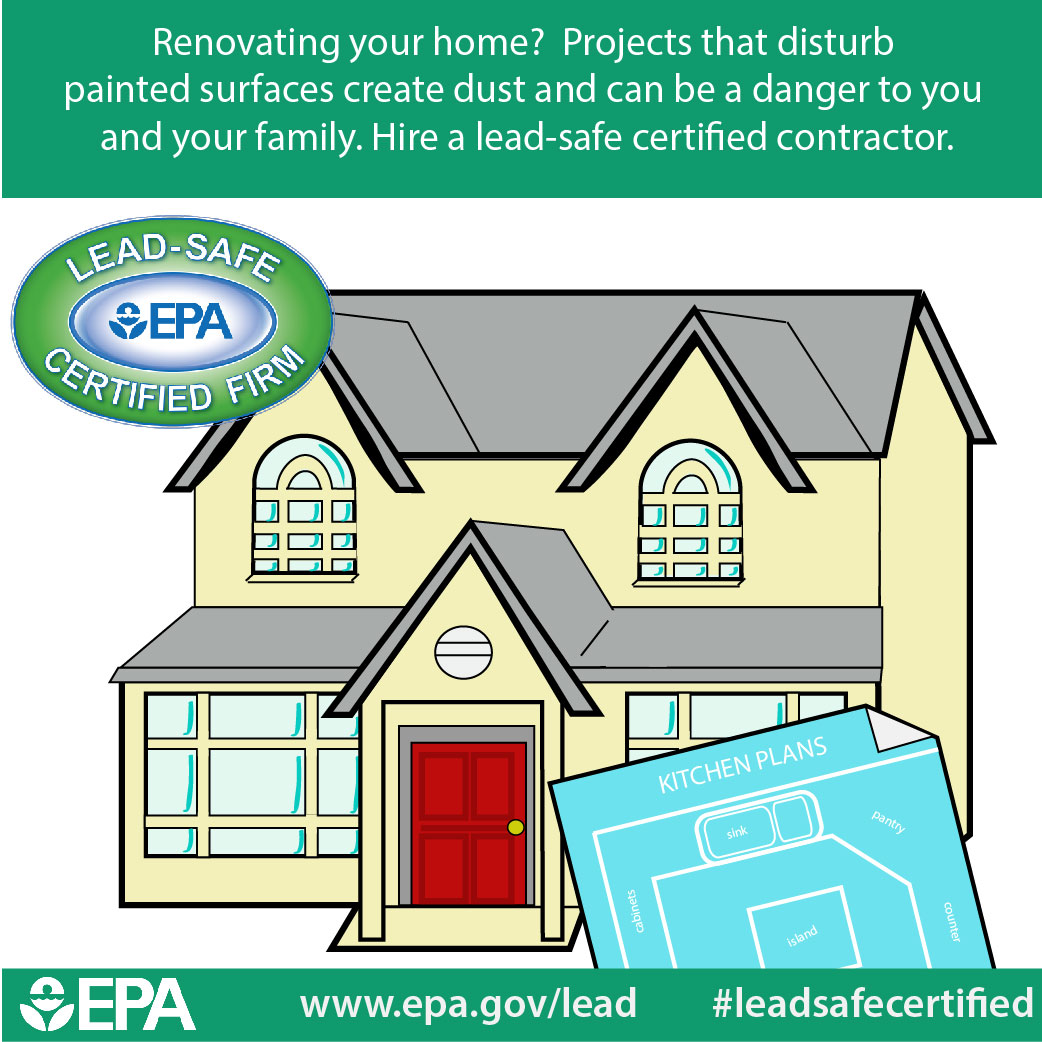Analyze The Growing Need Of Low-VOC Paints For Much Healthier Home, But Do The Disadvantages Make The Advantages Rewarding? Find Out The Truth Within
Analyze The Growing Need Of Low-VOC Paints For Much Healthier Home, But Do The Disadvantages Make The Advantages Rewarding? Find Out The Truth Within
Blog Article
Short Article Created By-Melton Mcmahon
When you think about painting your home, you could neglect the significance of the paint's make-up. Low-VOC paints are created to decrease indoor air pollutants, making them a smarter selection for your household's health and the setting. While they come with particular drawbacks, like longer drying times, they also provide modern-day appearances and improved performance. You may ask yourself if the benefits really exceed the downsides, particularly when you're aiming for a fashionable surface. Comprehending the full scope of low-VOC alternatives might transform your viewpoint on your following paint job.
Recognizing Low-VOC Paints
When you choose low-VOC paints, you're going with an item that produces less volatile natural compounds, which can be harmful to both your wellness and the environment.
VOCs are chemicals found in many paint products that can evaporate right into the air and add to indoor air contamination. By selecting low-VOC options, you're lowering the number of these discharges, making your home much safer.
Low-VOC paints usually contain 50 grams per liter or fewer VOCs, contrasted to typical paints that can consist of as much as 250 grams per litre. This indicates that when you paint your home with low-VOC products, you're not simply making a choice for visual appeals; you're also taking an action in the direction of a healthier indoor atmosphere.
These paints can be found in a range of surfaces and shades, so you won't have to compromise on design. They're suitable for both exterior and interior tasks, supplying longevity and protection like their standard equivalents.
And also, lots of producers are now focusing on developing low-VOC formulations without giving up efficiency. Recognizing low-VOC paints empowers you to make educated options for your home and health while contributing to ecological conservation.
Advantages of Low-VOC Options
Why select low-VOC alternatives for your painting tasks? First of all, they're better for your wellness. Low-VOC paints give off fewer unstable organic substances, which indicates you lower your direct exposure to hazardous chemicals. This is specifically important if you're painting inside or have youngsters and pets at home.
You'll also value the ecological advantages. These paints add much less to air contamination, making them a greener choice. By selecting low-VOC choices, you're sustaining sustainable practices and aiding to create a healthier earth.
An additional perk is the improved indoor air high quality. Low-VOC paints help keep fresher air in your home, which can result in a much more comfortable living space.
And also, many low-VOC paints are equally as resilient and long-lasting as typical alternatives, so you will not sacrifice quality for security.
Lastly, interior painter beaverton or 'll locate a variety of colors and surfaces offered in low-VOC formulas, so you can still achieve the look you want without jeopardizing on your health and wellness or the environment.
Selecting low-VOC paints is a wise, accountable decision for your painting tasks.
Potential Drawbacks to Consider
While low-VOC paints provide numerous benefits, there are some prospective disadvantages to keep in mind. One substantial worry is their performance compared to standard paints. Low-VOC choices may not always give the same level of sturdiness and insurance coverage, which can result in more frequent touch-ups or a demand for extra coats. This can be discouraging and taxing during your painting project.
Another issue is the drying time. Low-VOC paints typically take longer to dry than their high-VOC equivalents, which can expand your project timeline. If you're on a tight timetable, this may be a drawback to consider.
You ought to likewise realize that low-VOC paints can often have a different coating or appearance. If you're going for a certain aesthetic, ensure to check examples to make sure the result satisfies your assumptions.
Lastly, while low-VOC paints are typically much safer, they can still give off some fumes. Appropriate air flow is essential during and after application, so be prepared to air out your space efficiently.
Verdict
In conclusion, low-VOC paints are a clever choice for anybody seeking to create a much healthier home setting. They minimize indoor air pollution and are safer for your family, especially if you have kids or pet dogs. While https://www.rd.com/article/paint-color-house-sales/ might take care of more frequent touch-ups and longer drying times, the advantages far surpass these disadvantages. With fashionable choices available, changing to low-VOC paints is an action toward sustainable living that you will not regret.
